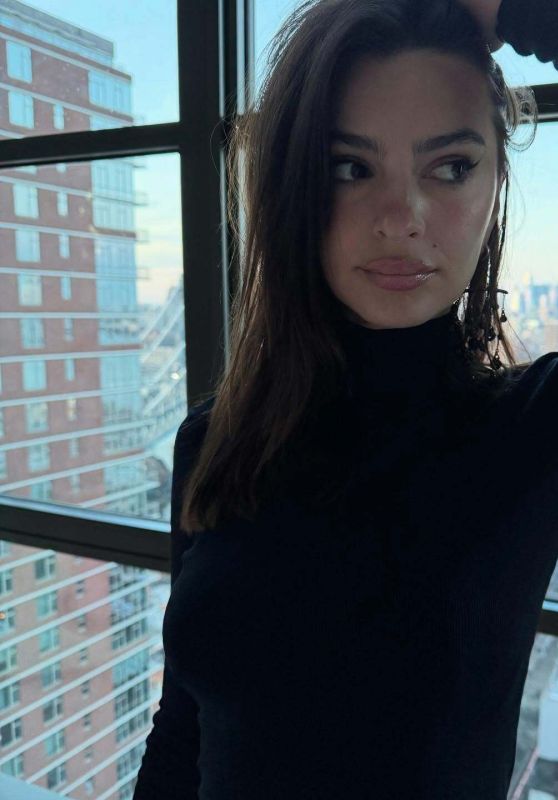“Conspiratorial silence” was the phrase that came to mind for rerecording mixer and sound designer Ben Baird when he read the script for Edward Berger’s Conclave, about the mysterious event of electing a new pope.
Conclave stars Ralph Fiennes, Stanley Tucci, John Lithgow and Isabella Rossellini and follows Cardinal Thomas Lawrence (Fiennes) as he’s organizing a papal conclave and finds himself uncovering secrets about each candidate. The process is often a quiet one, magnifying the importance of every sound.
To capture them, Baird’s first task was to head to the Vatican, which happened to coincide with one of the pope’s Sunday speeches. While he wasn’t able to record any sounds (filming and photography are prohibited), Baird made a lot of notes on the things he could hear: singing, bells tolling — sounds that had an “air of carnival” but were different from those you’d hear at other large events like football games or parties.
To re-create those sounds — Baird says there wasn’t much available in the conventional sound catalog — his team put together a small group from a church where his father played the organ to sing hymns in various languages. Those would be deployed in the film.
Because only a small amount of Conclave‘s running time takes place outside — after all, the cardinals are sequestered indoors while they’re voting — Baird says he “had to create the whole outside from within.” They did so by letting the outside world filter through the Vatican doors and windows (this is especially true later in the film, when a dramatic event outside the walls reverberates within them).
Baird and his sound team placed an emphasis on the shiny floors in the Vatican that might cause certain sneakers to squeak, which served as a clever way to introduce Lithgow’s character. “One of the things that Edward was concerned with was when John makes his appearance, that it’s more than [him] just appearing in front of the camera,” says Baird. “So we thought, ‘Why doesn’t he wear trainers?’ And so he squeaks into the scene, and you can hear him arriving three or four footsteps before. You can imagine, under his great cassock, he’s got a pair of trainers because he likes to be comfortable. It fit with his character quite nicely that he’d be the one with trainers while everyone else is wearing the firm, rigid shoes.”
Other sounds that were essential to the storytelling included Cardinal Lawrence’s breathing and the flickering of fluorescent lights.
“The fluorescent light partly represents the fact that we all share that business-y world as well, where functionality of the lighting and the affordability of it being fluorescent is more important in the back room, office-type places. You have the nice grand foyer, and then where the people are working, you have fluorescent light,” Baird says. “And the breathing is very interesting. I’m always fascinated by breathing because it is something that’s often avoided in [sound recording].
“It’s interesting here because of the stress that Lawrence is going through from the very beginning, but he has to be stoic and keep control of himself. Ralph was totally game for this, to breathe the whole film as he was really feeling inside, rather than what he was playing. … There was a point where we turned off everything and just had him breathing, and we’d lose all the dialogue. His breathing is just telling the story.”
Berger felt it important that the audience feel perched on Lawrence’s shoulders, “along with the weight of the world,” Baird says. The inhalation sounds helped with that. “He’s nearly in every shot, and so the breathing is kind of like we’re next to him,” adds Baird. “We’re feeling what he’s feeling.”
This story first appeared in a December stand-alone issue of The Hollywood Reporter magazine. To receive the magazine, click here to subscribe.




















 English (US) ·
English (US) ·